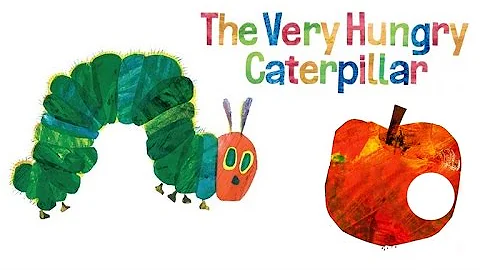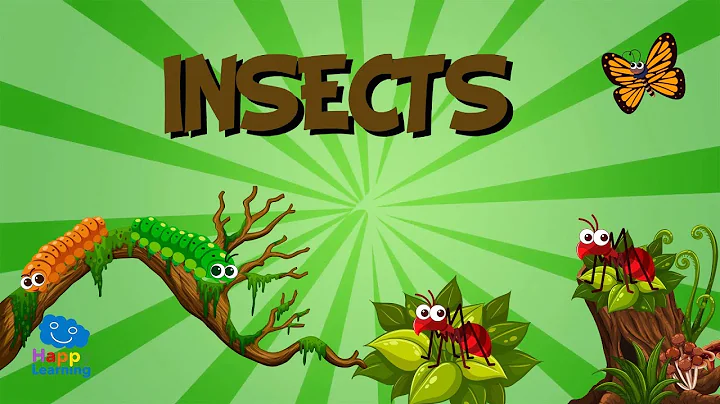activity goals:
1. Understand the mother chicken’s concern for her baby in the story situation.
2. Learn to say short sentences "I found xx in xx."
Activity preparation:
Homemade three-dimensional picture book, insect catching scene activity design background
Activity process:
1. Beginning (introduction) part:
1. Read the story Cover, instruction: Look, who is this? Guide children to observe the appearance and characteristics of the hen.
2. The teacher summarized it in the form of a children's song: "Round head, pointed beak, yellow feathers, thin legs."
3. The teacher introduced the mother chicken: she is a very happy and joyful chicken Mom, because she wins a lot of eggs.
2. Basic part:
(1) Teachers and children read stories together
1. Mother Chicken lost her eggs
Guide: What happened to Mother Chicken? What may have happened to her? Focus on guiding children to understand and learn to express Mother Chicken An anxious mood.

2. Help the mother chicken find the egg baby
Instruction: Let’s help the chicken mother find the egg baby together! Guide the children to find the egg baby in the scenes in the book, and learn to say the sentence: "I found the egg baby in xx."
The teacher acted as a mother chicken and interacted briefly with the children, and thanked the children in the tone of the mother chicken: "Thank you for helping me find the egg babies from among the flowers, behind the stones, under the big trees, and next to the mushrooms. I am so happy!"
3. Feel the chicken The happiness of mother holding her baby
The teacher told the story: All the baby eggs were found, and the mother hen was so happy! She held the baby eggs tightly in her arms and gently covered the baby eggs with its big wings. It's thick and warm all over the body.
Guide children to recall experiences: When your mother holds you, how do you feel in your heart? (Guide children to express boldly with language or expressions)
Teacher summary: Mother chicken loves its babies just like mother loves you, every day They will sing and tell stories to it. The baby egg also likes the mother chicken very much. He hides under the mother chicken's wings and sleeps warmly every day.
4. The chick hatched
(1) Teacher's account: Unknowingly, the days passed, and the baby egg fell asleep sweetly in the mother chicken's arms. Day 1, day 2... On the 21st day, the mother chicken heard a strange sound. What happened?
(2) Help the mother chicken take out the baby chicken.
Guide the children to say a nice word to the chicken, and then take the baby chicken out of the eggshell and send it to the small yard. The teacher plays the role of mother chicken and interacts briefly with the children.
Summary: The chicken babies are out, and the mother chicken and the babies are having so much fun!
(2) Bug-catching game
1. Teacher’s Narration: The mother chicken is cute with her baby, and she catches bugs for her baby every day Let's eat. The baby chicken is growing up day by day, and the mother is getting harder and harder. Can we help the mother chicken catch bugs together? Where are the bugs? Guide the children to learn location words based on the activity scenes.
2. Children catch insects independently. The teacher patrols and interacts with children, guiding children to learn the sentence: "I caught a small insect in xx."
3. Ending part:
The teacher expresses gratitude in the tone of a chicken mother: "Thank you for helping me catch insects." We found so many little bugs! The baby chickens are so happy! Let’s go outside to feed the baby chickens to eat bugs!” Leading the children out of the activity room.
Reflection on the activity:
"Mother Chicken and Her Babies" is a heartwarming family story. In the activity, through the plot of the mother chicken throwing eggs, finding eggs, and hatching eggs, the activity is designed to help the mother chicken find eggs and carry the mother chicken out. , helping the chicks find worms to eat, and other game links, let the children learn to express comfort, care and help to the mother chicken and the babies as the story progresses. The teacher narrated the story of the mother chicken in a friendly voice. Love for babies. At the same time, we also took into account the age characteristics of small class children, focusing on situational teaching, and made a self-made three-dimensional picture book that is operable and interactive, which deeply attracted the attention of children and teachers attending the class; we also arranged activity scenes with a strong sense of warmth, The warm parent-child emotions can be further enhanced in the activity experience. The whole class is quite warm, lively and interesting. Disadvantages:
1. The lesson uses the form of children's songs to summarize the characteristics of the chicken mother. It can also be clearly compared with the nursery rhymes of baby chickens, such as: Mother Chicken has a big head and a pointed mouth. Yellow feathers, thin legs. The chicken baby has a small head and a pointed mouth. Yellow feathers, thin legs. [.Source Qu.Teacher Lesson Plan Network]
2. The teaching aids need to be modified appropriately, as shown in Figure 1. The eggs should be placed overlappingly. This can increase the difficulty for young children. It can also cultivate children's observation skills. When hiding eggs, you can expose a corner to add color, and the size should be appropriate.
3. The child’s verbal expression is somewhat incomplete and monotonous. I was asking, "What are you going to say to the chicken baby when it comes out?" One child said I like you so much, and many children said the same thing. It's because I didn't let the children say different things when I was guiding them. Leading to sameness.
4. Encourage timid children to speak actively. This is a story about love. The chicken mothers in the story love their babies. In class, I found that the children were very interested in the activities and were willing to imitate the actions. However, some children were timid and did not answer the questions. I kept silent for a while and just looked at the teacher with my eyes. At this time, I always asked the active and expressive children to help him answer, but then I neglected to give the timid children the opportunity to express themselves again. I think we should pay attention to giving more opportunities to timid children in class in the future, so that they can exercise more and help them build their self-confidence.





















